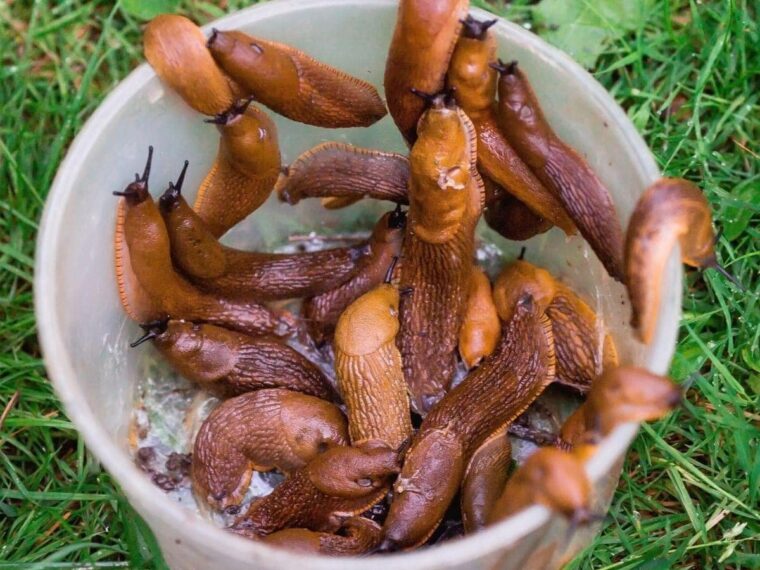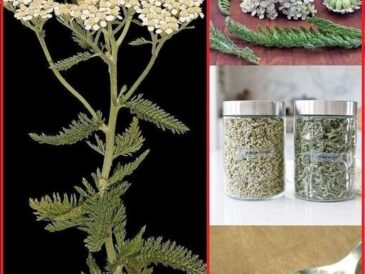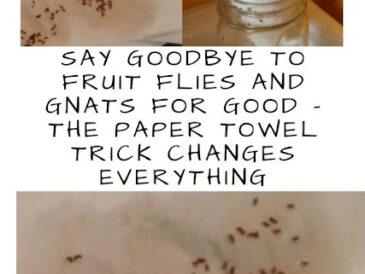4. Diatomaceous Earth
How it works: Diatomaceous earth is a powder made from fossilized algae that has sharp edges, which cut into the bodies of slugs and snails, causing them to dehydrate and die.
Steps:
- Sprinkle a layer of food-grade diatomaceous earth around plants or garden beds where slugs and snails are active.
- Reapply after rain or watering, as it loses effectiveness when wet.
Caution: Wear a dust mask when applying diatomaceous earth to avoid inhaling the fine powder.
5. Copper Mesh Around Plant Stems
How it works: Similar to copper barriers, wrapping copper mesh around plant stems or creating collars deters slugs and snails from climbing up and feeding on foliage.
Steps:
- Cut copper mesh into strips wide enough to encircle plant stems.
- Form a collar around each stem, ensuring the copper mesh extends a few inches above soil level.
Tip: Check periodically to ensure the mesh remains intact and is not buried by soil or mulch.
6. Natural Predators
How it works: Encourage natural predators of slugs and snails, such as frogs, toads, birds, and predatory beetles, into your garden.
Steps:
- Create habitats for wildlife, such as log piles, rock piles, and shallow ponds, to attract beneficial creatures.
- Avoid using chemical pesticides that can harm natural predators.
Tip: Provide shelter and water sources for wildlife to encourage them to stay in your garden.
7. Handpicking
TO CONTINUE READING SEE NEXT PAGE




